Home>Gardening & Outdoor>Landscaping Ideas>How To Make The Grass Green
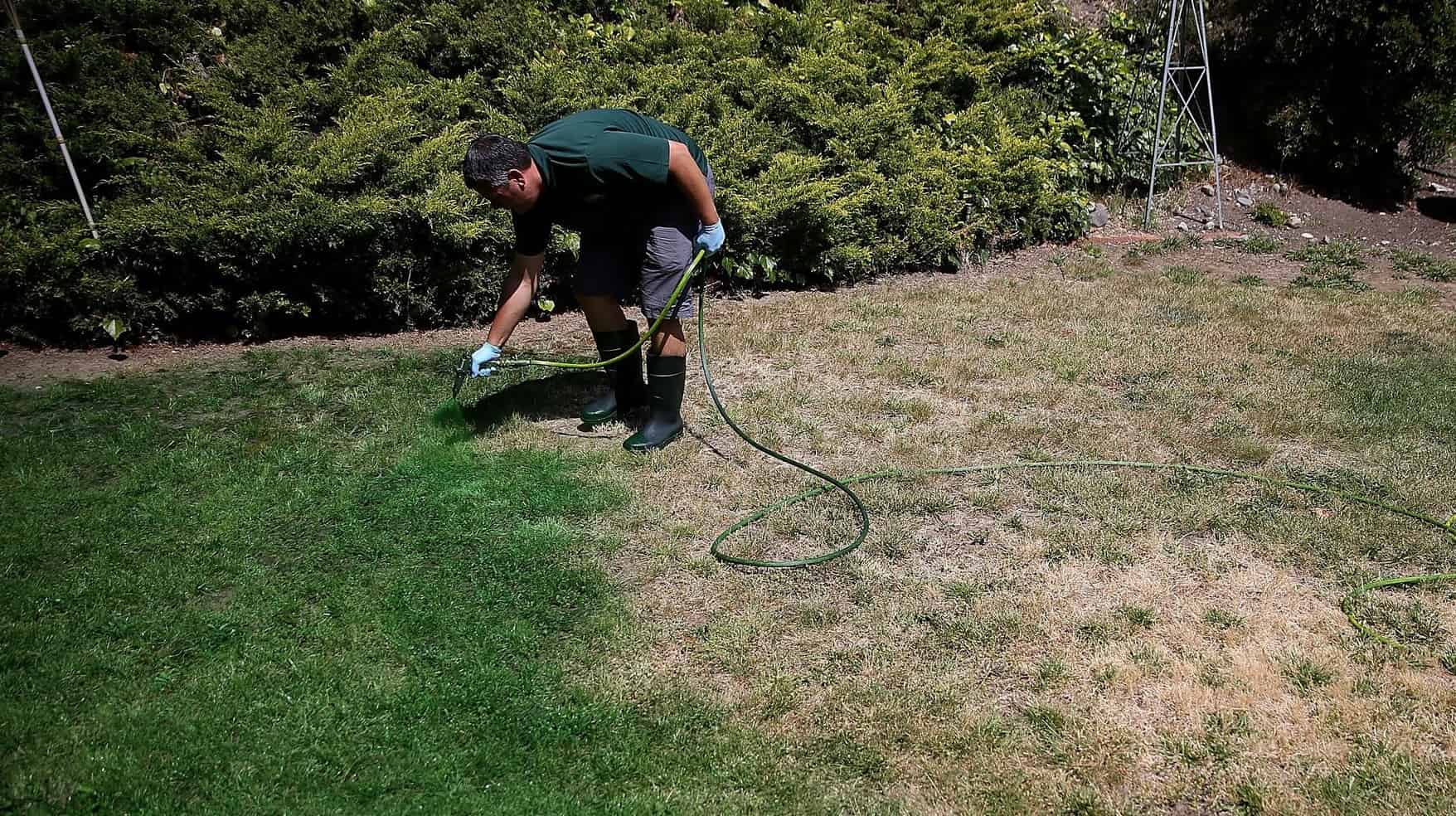

Landscaping Ideas
How To Make The Grass Green
Modified: February 18, 2024
Learn effective landscaping ideas to make your grass green with our comprehensive guide. Transform your lawn into a lush, vibrant oasis today!
(Many of the links in this article redirect to a specific reviewed product. Your purchase of these products through affiliate links helps to generate commission for Storables.com, at no extra cost. Learn more)
Introduction
Creating a lush, vibrant green lawn is a goal cherished by many homeowners. A beautifully manicured lawn not only enhances the aesthetic appeal of your property but also provides a welcoming outdoor space for relaxation and recreation. However, achieving that coveted emerald green hue requires more than just regular mowing and watering. It demands a comprehensive understanding of soil health, proper fertilization techniques, watering practices, and effective pest management. By delving into these essential aspects of lawn care, you can unlock the secrets to cultivating a truly verdant expanse of grass.
In this guide, we will explore the key factors that contribute to the health and vibrancy of your lawn. From deciphering the intricacies of soil composition to implementing targeted fertilization strategies, we will unravel the mysteries of achieving that enviable green grass. Moreover, we will delve into the significance of adequate watering and the detrimental impact of lawn pests, equipping you with the knowledge and tools necessary to combat these challenges effectively.
Embarking on this journey to revitalize your lawn will not only yield a visually stunning outdoor space but also foster a deeper connection with nature. As we uncover the nuances of lawn care, you will discover the profound satisfaction of nurturing and maintaining a thriving green oasis right in your own backyard. So, let's delve into the intricacies of cultivating verdant grass and unravel the secrets to making your lawn the envy of the neighborhood.
Key Takeaways:
- Understanding your soil and providing the right nutrients is crucial for a lush green lawn. Test your soil, choose the right fertilizer, and water deeply for healthy, vibrant grass.
- Combatting lawn pests and diseases is essential for maintaining a beautiful lawn. Keep an eye out for signs of pests, use natural controls, and protect your grass from potential threats.
Read more: How To Make Bermuda Grass Green
Understanding Soil Health
At the foundation of a vibrant and healthy lawn lies the soil, a complex ecosystem teeming with life and essential nutrients. Understanding the composition and characteristics of your soil is paramount in fostering robust grass growth. Soil type, pH levels, and nutrient content play pivotal roles in determining the overall health and vitality of your lawn.
Firstly, identifying the type of soil in your yard is crucial. Whether it’s sandy, clay, or loamy soil, each type has distinct properties that influence water retention, aeration, and nutrient availability. Conducting a simple soil texture test can provide valuable insights into the composition of your soil, guiding your approach to lawn care.
Additionally, assessing the pH level of the soil is imperative. The pH scale ranges from acidic to alkaline, with most grasses thriving in slightly acidic to neutral conditions. Testing the pH of your soil enables you to make informed decisions regarding the selection of grass species and the application of soil amendments to optimize pH levels for healthy growth.
Furthermore, understanding the nutrient content of the soil is essential for fostering lush green grass. Nitrogen, phosphorus, and potassium are primary macronutrients crucial for plant development, and deficiencies in these nutrients can impede the growth and color of your lawn. Conducting a soil nutrient analysis can unveil deficiencies and guide the application of targeted fertilizers to replenish vital nutrients.
By comprehending the intricacies of soil health, you can tailor your lawn care practices to address specific soil characteristics and provide an optimal environment for your grass to thrive. Armed with this knowledge, you can embark on a journey to transform your soil into a fertile foundation for a verdant and resilient lawn.
Proper Fertilization Techniques
Fertilization is a cornerstone of effective lawn care, playing a pivotal role in providing essential nutrients that promote vigorous growth and vibrant green color. Understanding the key components of fertilizers and implementing proper application techniques is crucial in nurturing a healthy and lush lawn.
When selecting a fertilizer, it’s essential to consider the nutrient content, typically represented as a series of three numbers on the packaging, such as 10-10-10 or 20-5-10. These numbers indicate the percentage, by weight, of nitrogen, phosphorus, and potassium in the fertilizer, respectively. Nitrogen is particularly vital for promoting lush, green growth, while phosphorus supports root development and potassium aids in overall plant health and resilience.
Applying the right type of fertilizer in the correct quantities and at the appropriate times is essential for maximizing its effectiveness. For cool-season grasses, such as Kentucky bluegrass and fescue, early fall and late spring are optimal times for fertilization, while warm-season grasses, like Bermuda and Zoysia, benefit from fertilization during their peak growing seasons in late spring and summer.
Furthermore, utilizing a spreader to ensure even distribution of the fertilizer is crucial for preventing patchy growth and potential damage to the grass. Following the application, watering the lawn thoroughly helps to activate the fertilizer and carry the nutrients into the soil, fostering deeper root penetration and robust growth.
Implementing a balanced and targeted approach to fertilization not only enhances the visual appeal of your lawn but also fortifies its resilience against environmental stressors. By embracing proper fertilization techniques, you can empower your grass to flourish and radiate a lush, healthy green hue that transforms your outdoor space into a verdant sanctuary.
To make the grass green, ensure it gets enough water, sunlight, and nutrients like nitrogen. Regular mowing and aeration can also help promote healthy, green grass.
Watering Practices
Water is a fundamental element in nurturing a green and thriving lawn, and adopting proper watering practices is essential for sustaining lush grass growth. Understanding the optimal watering frequency, timing, and techniques is pivotal in promoting deep root development and overall lawn health.
One of the most critical aspects of watering is to ensure deep and infrequent irrigation. Watering the lawn deeply encourages the roots to grow downward, seeking moisture and nutrients in the soil. Shallow and frequent watering, on the other hand, promotes shallow root systems, rendering the grass more susceptible to drought and environmental stress.
It’s essential to water the lawn early in the morning, preferably before 10 a.m., to minimize water loss due to evaporation and ensure that the grass blades are dry by evening, reducing the risk of fungal diseases. Additionally, avoiding midday watering prevents excessive moisture on the grass, which can lead to scorching in hot weather.
Utilizing a sprinkler system or soaker hoses can facilitate even water distribution, preventing overwatering in certain areas and underwatering in others. Observing the signs of water stress, such as a bluish-gray hue or footprints that remain visible on the grass, can guide adjustments to your watering schedule to ensure that the lawn receives adequate moisture.
Furthermore, incorporating rain sensors into automated irrigation systems can optimize water usage by preventing unnecessary watering during or after rainfall. This not only conserves water but also prevents waterlogging, which can suffocate the roots and create favorable conditions for lawn diseases.
By embracing conscientious watering practices, you can foster a resilient and verdant lawn that thrives in its lush green glory. Providing the right amount of water at the right time ensures that your grass flourishes, creating an inviting and picturesque outdoor haven for relaxation and recreation.
Managing Lawn Pests
While nurturing a vibrant green lawn, it’s essential to safeguard it against the detrimental impact of lawn pests, which can compromise its health and visual appeal. Understanding common lawn pests and implementing effective management strategies is crucial in preserving the lushness and vitality of your grass.
One prevalent lawn pest is the notorious white grub, the larvae of various beetle species, which feed on grassroots, causing brown patches and wilting turf. Implementing biological control methods, such as introducing beneficial nematodes, can effectively combat white grubs while minimizing the use of chemical pesticides that may harm beneficial organisms and disrupt the ecological balance of the soil.
Another formidable adversary is the armyworm, whose voracious appetite can decimate grass blades, leaving behind unsightly brown patches. Monitoring the lawn for early signs of armyworm infestation, such as irregular brown patches and increased bird activity, enables prompt intervention through targeted insecticide application or organic insecticidal soaps.
Furthermore, fungal diseases, such as dollar spot and brown patch, can tarnish the lush green expanse of your lawn. Implementing cultural practices, including proper mowing height and aeration to enhance air circulation, can mitigate favorable conditions for fungal growth. Additionally, applying fungicides at the first signs of disease can arrest its spread and protect the grass from extensive damage.
Embracing integrated pest management (IPM) practices, which combine biological, cultural, and chemical control methods, enables a holistic approach to pest management while minimizing environmental impact. Regular monitoring of the lawn for signs of pest activity empowers proactive intervention, safeguarding the health and vibrancy of the grass.
By adopting vigilant pest management strategies, you can fortify your lawn against potential threats, ensuring that it thrives in its lush green splendor. Preserving the health and beauty of your grass not only elevates the aesthetic appeal of your outdoor space but also fosters a welcoming environment for leisure and recreation.
Read more: How To Make Grass Thick And Green
Conclusion
Cultivating a verdant and vibrant green lawn is a journey that intertwines the art of nurturing with the science of horticulture. By delving into the intricacies of soil health, proper fertilization techniques, conscientious watering practices, and vigilant pest management, you can transform your lawn into a captivating oasis of lush greenery.
Understanding the nuances of soil composition, pH levels, and nutrient content empowers you to tailor your lawn care practices to create an optimal environment for robust grass growth. By deciphering the language of your soil, you can unleash the potential for a resilient and vibrant lawn that thrives in its natural habitat.
Embracing proper fertilization techniques, from selecting the right fertilizer to implementing strategic application and watering, infuses your grass with essential nutrients and fortifies its resilience against environmental stressors. By nourishing the soil and the grass it sustains, you foster a thriving ecosystem that radiates a captivating green hue.
Conscientious watering practices, characterized by deep and infrequent irrigation, facilitate the development of deep and resilient root systems, ensuring that your grass remains lush and resilient. By harnessing the power of water as a nurturing force, you sustain the vitality and vibrancy of your lawn.
Moreover, vigilant pest management strategies shield your lawn from the detrimental impact of pests and diseases, preserving its lush green expanse. By adopting an integrated approach to pest control, you safeguard the health and beauty of your grass, creating an inviting outdoor space for relaxation and recreation.
As you embark on this journey to make your grass green, you not only elevate the visual appeal of your property but also cultivate a deeper connection with nature. The lush, vibrant greenery that adorns your lawn becomes a testament to your dedication and stewardship, enriching your outdoor haven with natural beauty and tranquility.
So, as you nurture your lawn, remember that the transformation of your grass into a verdant masterpiece is a reflection of your commitment to fostering a thriving and captivating outdoor sanctuary. Through the art and science of lawn care, you imbue your surroundings with the enduring allure of lush, green vitality.
Frequently Asked Questions about How To Make The Grass Green
Was this page helpful?
At Storables.com, we guarantee accurate and reliable information. Our content, validated by Expert Board Contributors, is crafted following stringent Editorial Policies. We're committed to providing you with well-researched, expert-backed insights for all your informational needs.
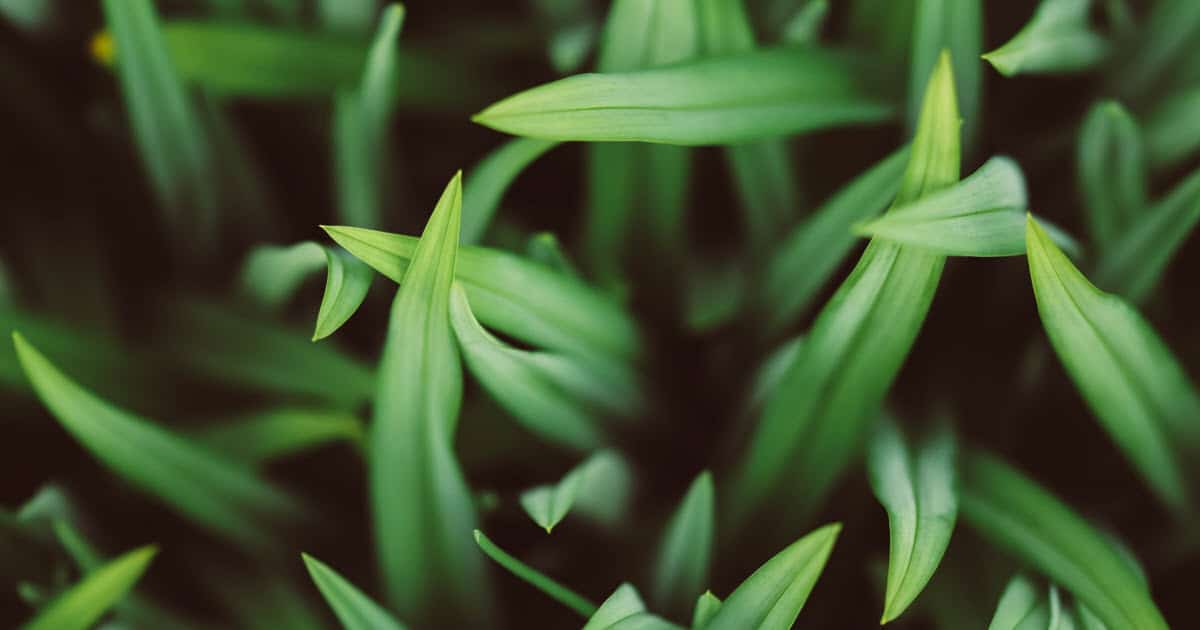

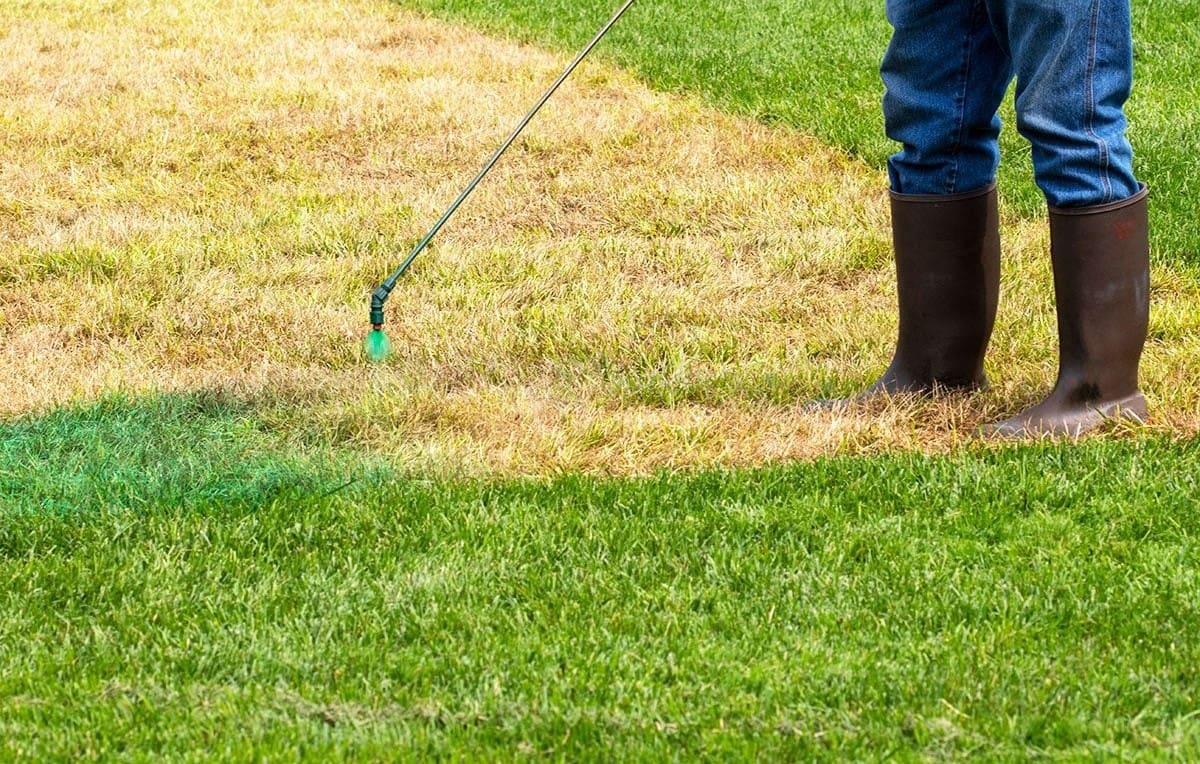
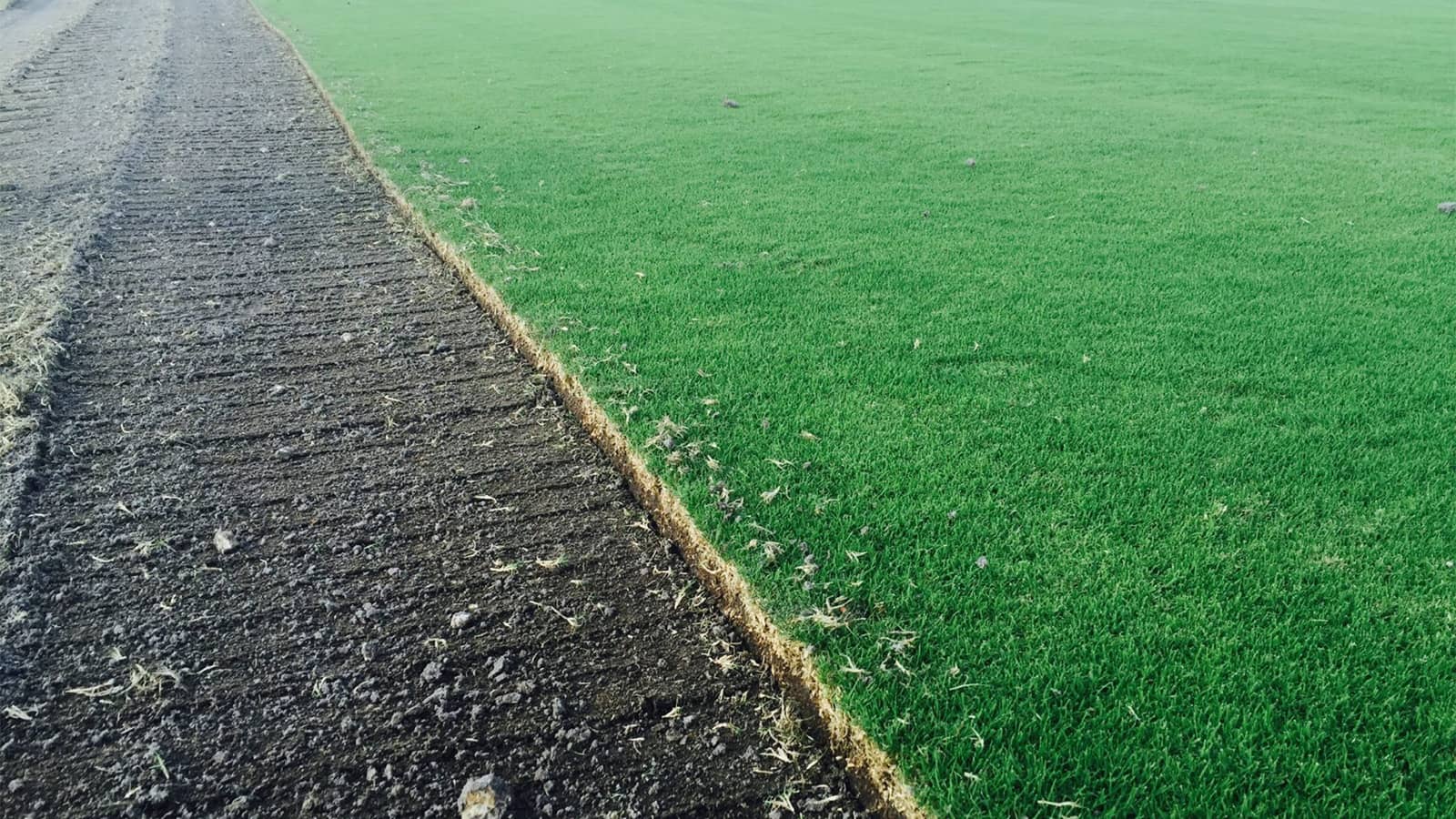
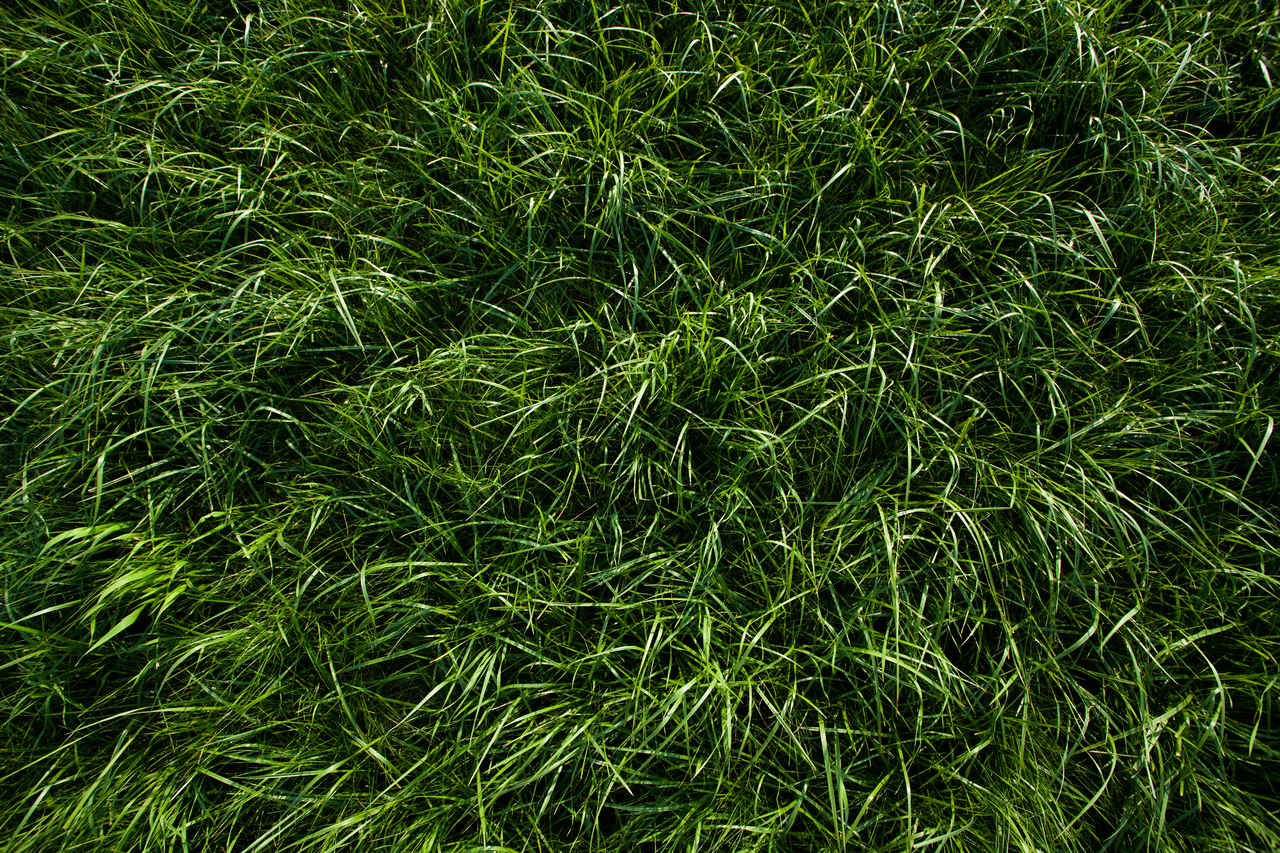

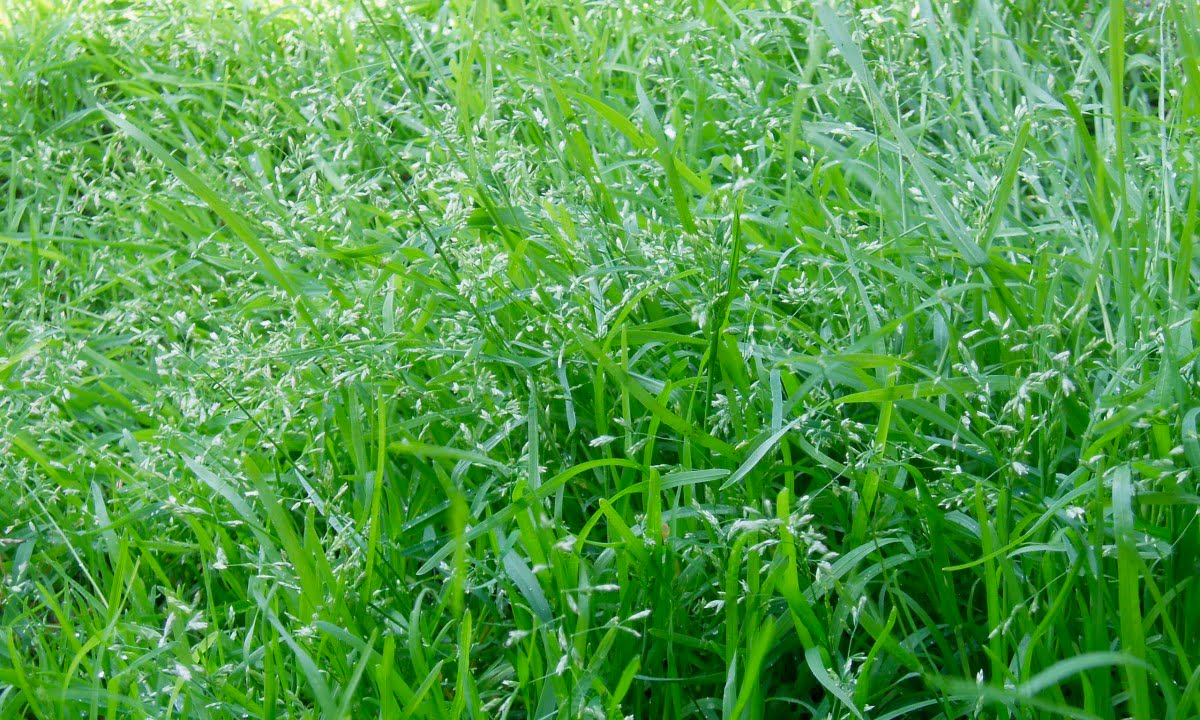
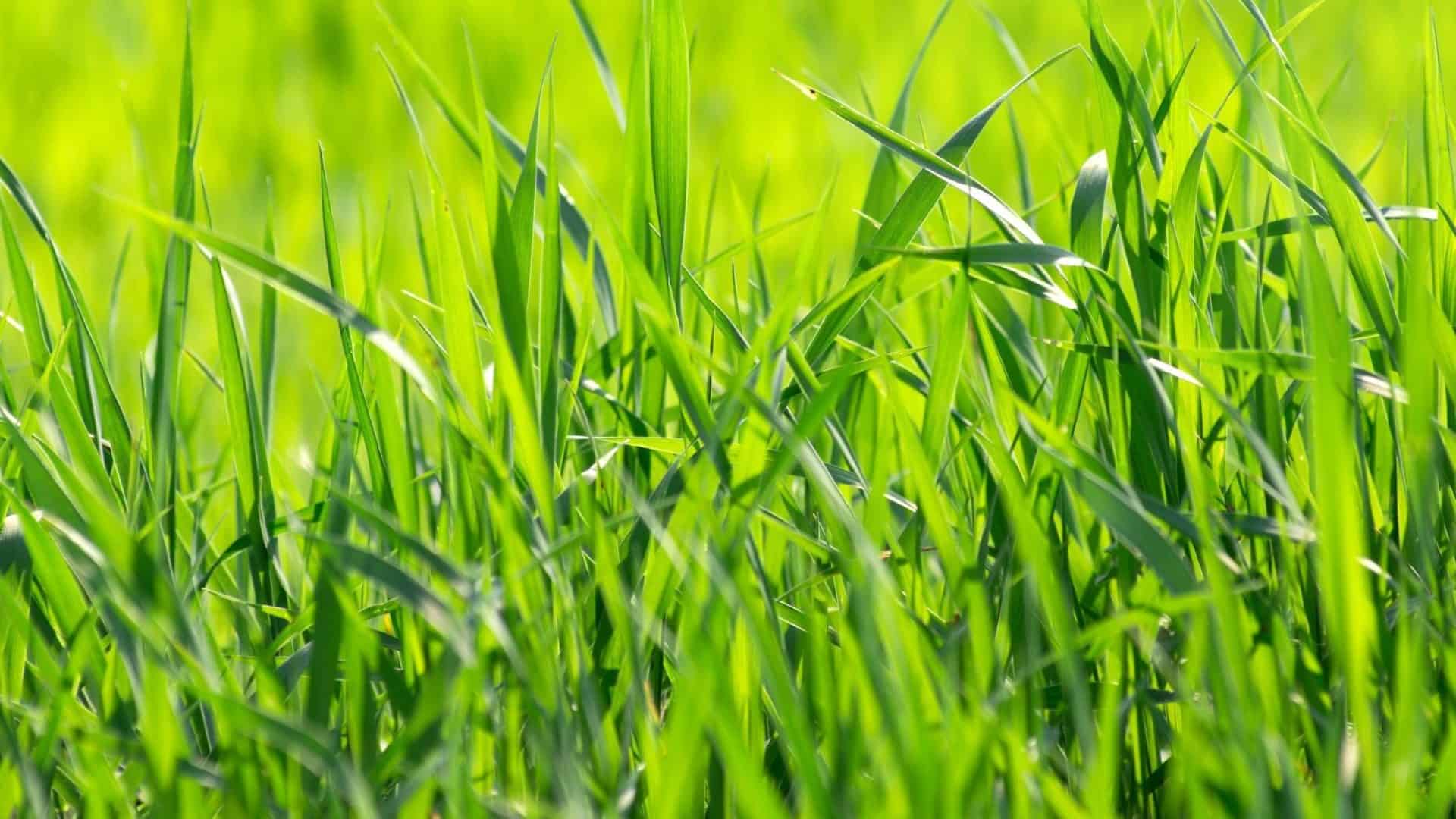





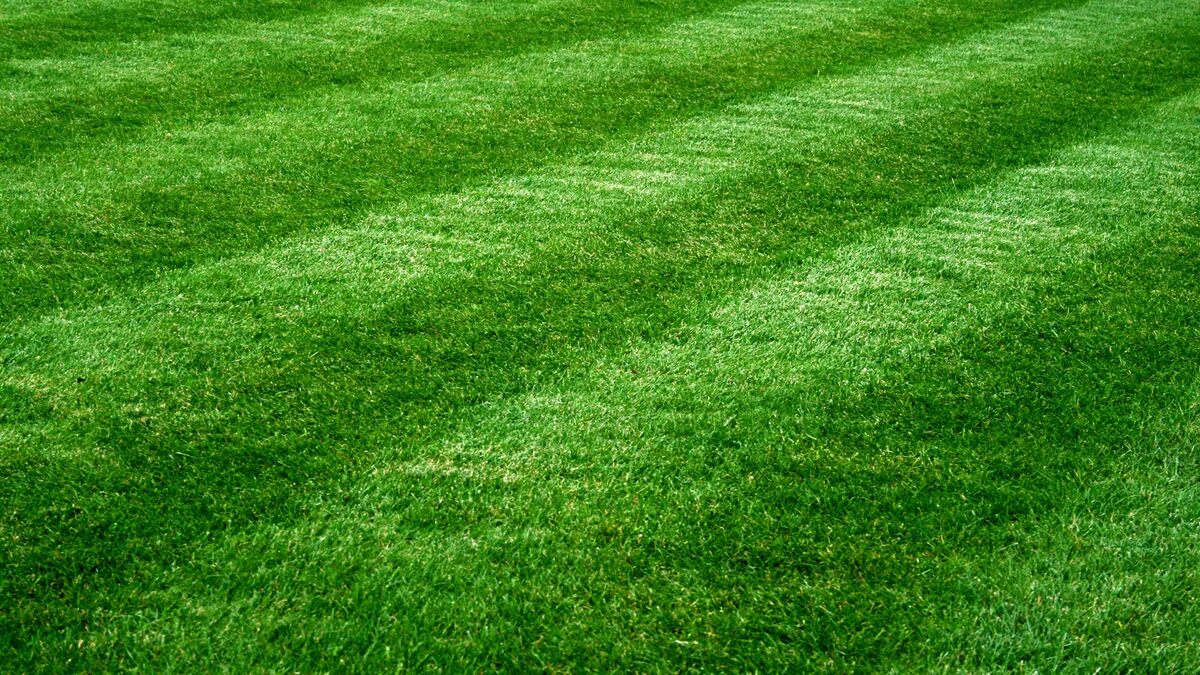

0 thoughts on “How To Make The Grass Green”